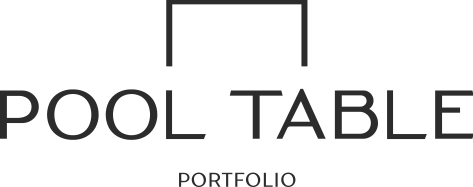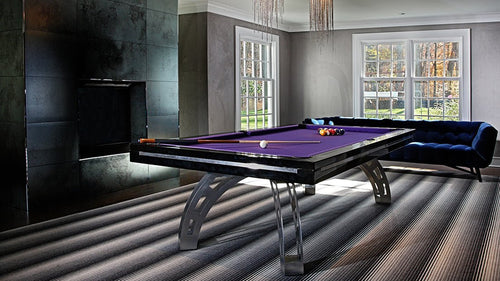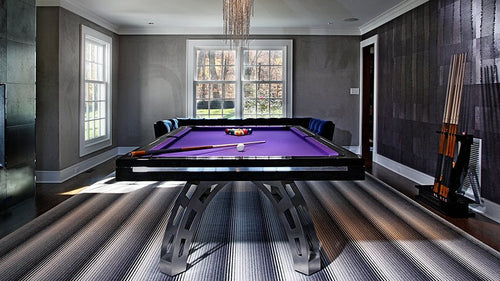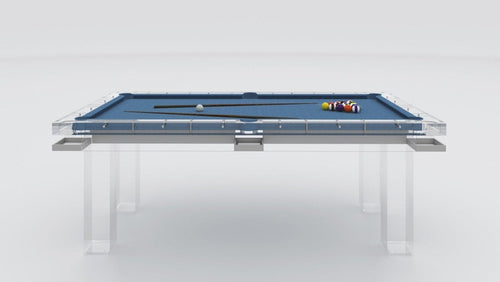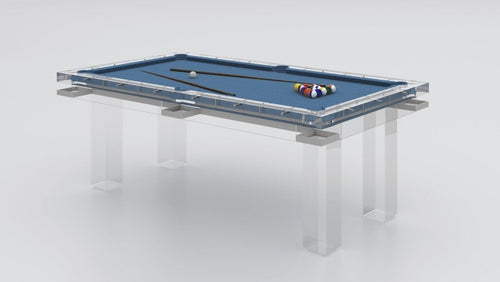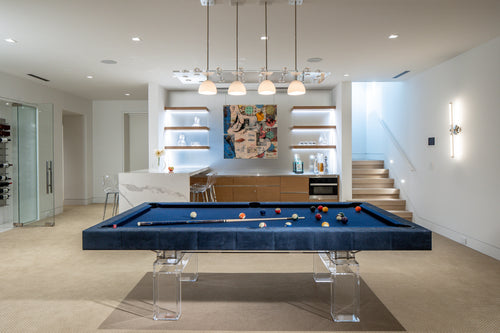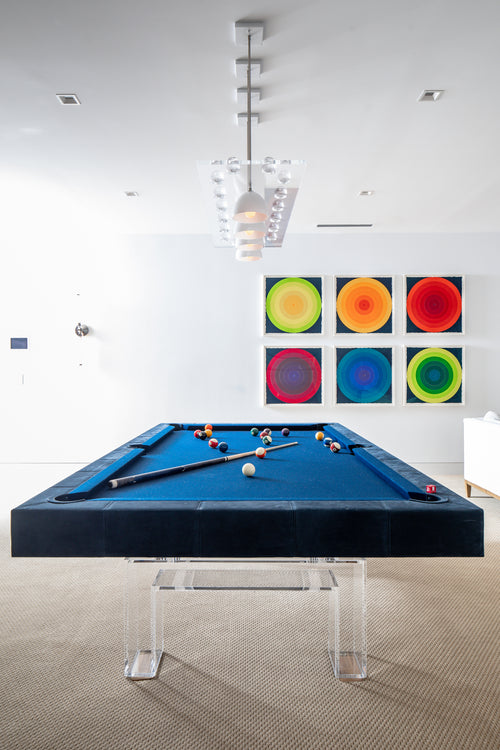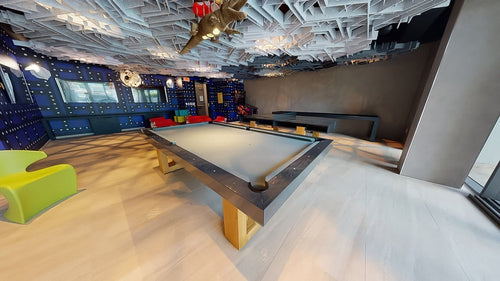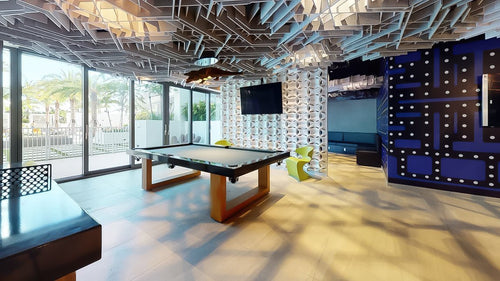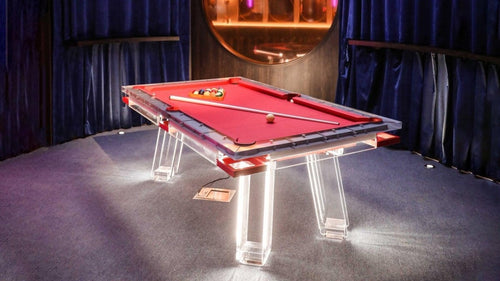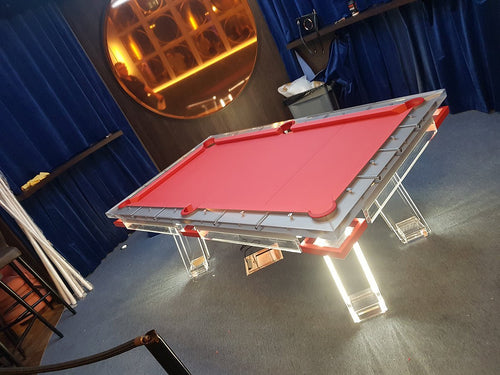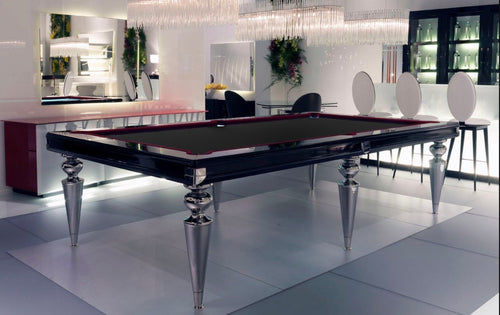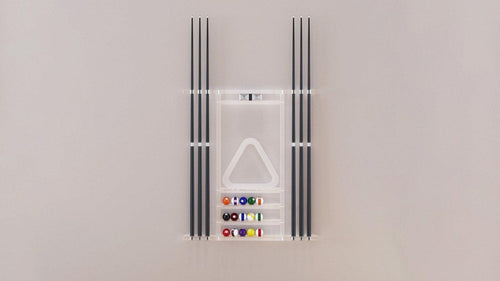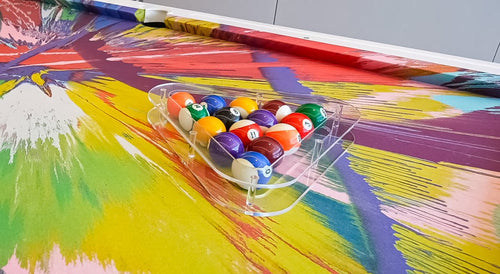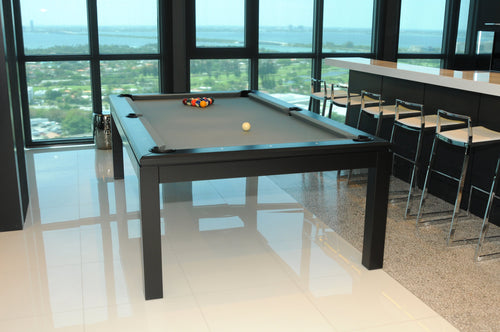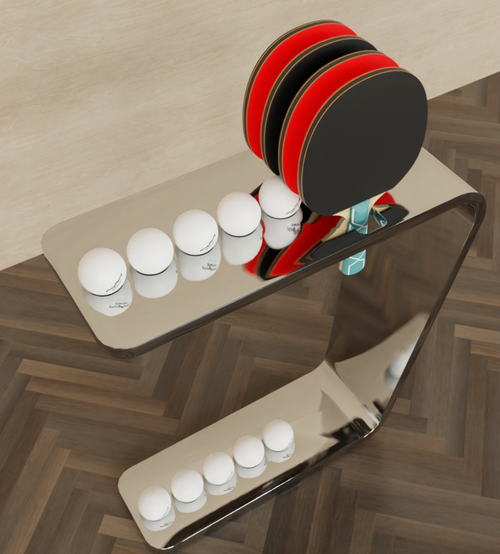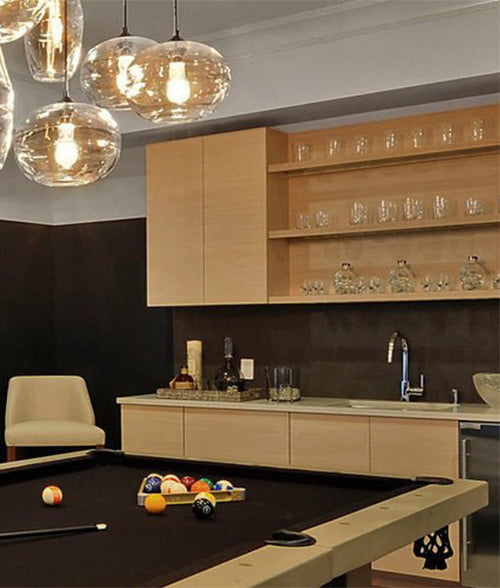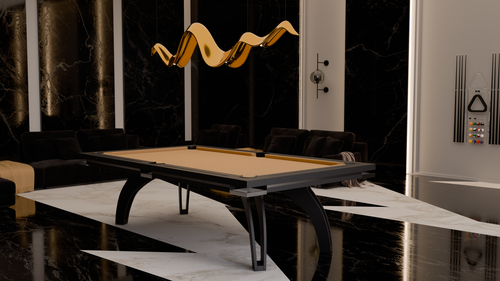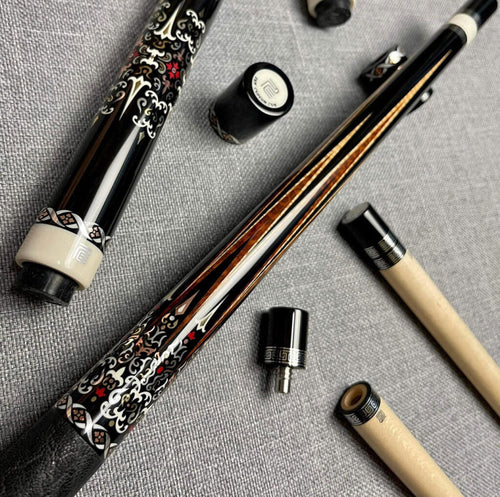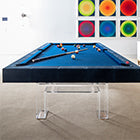Enjoy our modern designs
Aiming in pool is an art that extends beyond pure instinct. Whether you're a beginner or an advanced player, understanding different aiming systems can drastically improve your game. In this guide, we explore two perspectives through the experiences of Ralph and Raymond and provide an overview of various aiming systems to help you choose what works best for your style of play.
Ralph's Perspective: Keep It Simple
Ralph is a seasoned pool player who believes that aiming systems are often overcomplicated and can disrupt natural play. He emphasizes a simple routine:
- Visualize the shot.
- Align yourself properly.
- Execute with confidence.
Ralph argues that while aiming is important, factors like stance, stroke delivery, and shot rhythm play a more significant role in achieving consistent results. In his experience, excessive focus on complex aiming systems can become a hindrance rather than a help, especially for advanced players.
Raymond's Perspective: Systematic Learning
Raymond, on the other hand, values structured aiming systems, especially for beginners. He believes that methods like the Ghost Ball, Fractional Aiming, and Center-to-Edge (CTE) provide consistency and build a solid foundation for understanding angles and shot-making. Raymond acknowledges that no aiming system is flawless, particularly over long distances where accuracy becomes more challenging. However, he feels that combining structured systems with muscle memory can bring out the best in any player.
Brief Overview of Popular Aiming Systems
Ghost Ball Aiming System
Description: Visualize an imaginary "ghost ball" positioned where the cue ball needs to be to make the shot. By picturing this phantom ball, you can aim your cue ball to hit the object ball correctly.
Ideal For: Beginners seeking a simple and repeatable method.
Fractional Aiming System
Description: Divide the contact point between the cue ball and the object ball into fractions (halves, thirds, quarters) to calculate precise angles.
Ideal For: Players who enjoy a mathematical approach to aiming.
Contact Point to Contact Point Method
Description: Aim directly at the exact point on the object ball where the cue ball should make contact. This method relies on clear visualization without complex calculations.
Ideal For: Those who prefer straightforward aiming without intricate systems.
Center-to-Edge (CTE) Aiming System
Description: Align the center of the cue ball to the edge of the object ball in specific ways. While it requires practice, it offers consistency once mastered.
Ideal For: Advanced players willing to invest time in mastering a precise system.
Parallel Aiming System
Description: Draw an imaginary parallel line from the cue ball to the target to assist with thin cuts and long-distance shots.
Ideal For: Situations requiring precise alignment over longer distances.
In addition to these, there are even more aiming systems out there! Techniques like the Shishkebob System, which helps visualize the alignment of the cue ball, object ball, and pocket by "skewering" the balls in a straight line; Spot Aiming, which identifies a specific spot on the table or the object ball as the target for aiming; Back Hand English (BHE), which focuses on using a reference point for English (spin) adjustments by varying grip pressure and pivot points; and the Protractor Aiming Method, which uses a visual reference similar to a protractor to measure the cut angle required for each shot, are all part of the expansive list of aiming techniques available to players.
Why Aiming Systems Matter
Aiming systems serve as roadmaps to success on the pool table. They provide structure, improve consistency, and reduce the guesswork involved in each shot. While every player eventually develops their own feel and instinct for the game, understanding aiming systems builds a foundation that makes it easier to progress from beginner to advanced levels. Mastering these systems also enhances your ability to read complex shots and make better strategic decisions.
Choosing the Right System for You
Experimenting with multiple aiming systems can help you discover your strengths and understand what feels most comfortable. Here's how you might approach it:
- Start Simple: If you're new to pool or prefer Ralph's approach, focus on visualizing the shot and honing your fundamental skills like stance and stroke.
- Explore Systems: If Raymond's perspective resonates with you, try different aiming systems like Ghost Ball or Fractional Aiming to see which one aligns with your learning style.
- Combine Approaches: Many players find success by blending intuitive play with structured systems, using formal methods for complex shots and relying on instinct for simpler ones.
Final Thoughts
Aiming in pool is more than just pointing and shooting; it requires a mix of knowledge, visualization, and repetition. Whether you align with Ralph's emphasis on natural play or Raymond's advocacy for structured learning, the most important thing is finding what works best for you.
Experiment with different aiming methods—visualizing the ghost ball, using fractional divisions, or aligning with CTE—to find what clicks. Pool is about both practice and discovering the right technique that fits your style. So grab your cue, hit the practice table, and watch your skills grow.
Interested in learning more? Check out our detailed guides on each aiming system to dive deeper into the techniques that can elevate your pool game.

